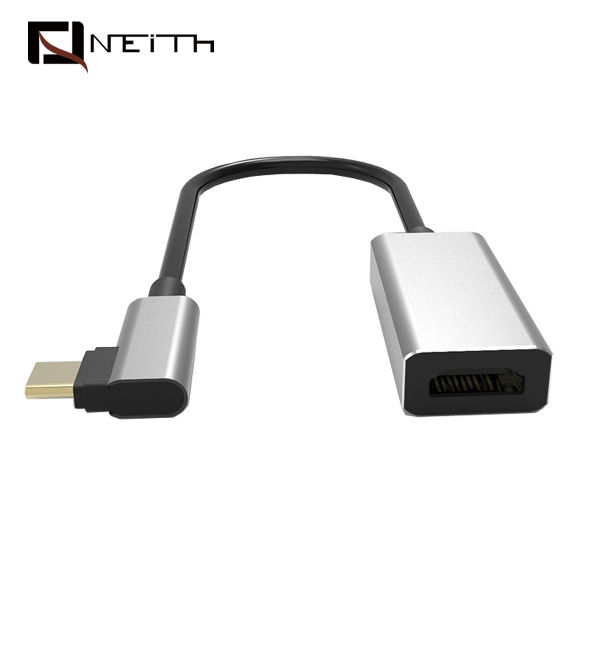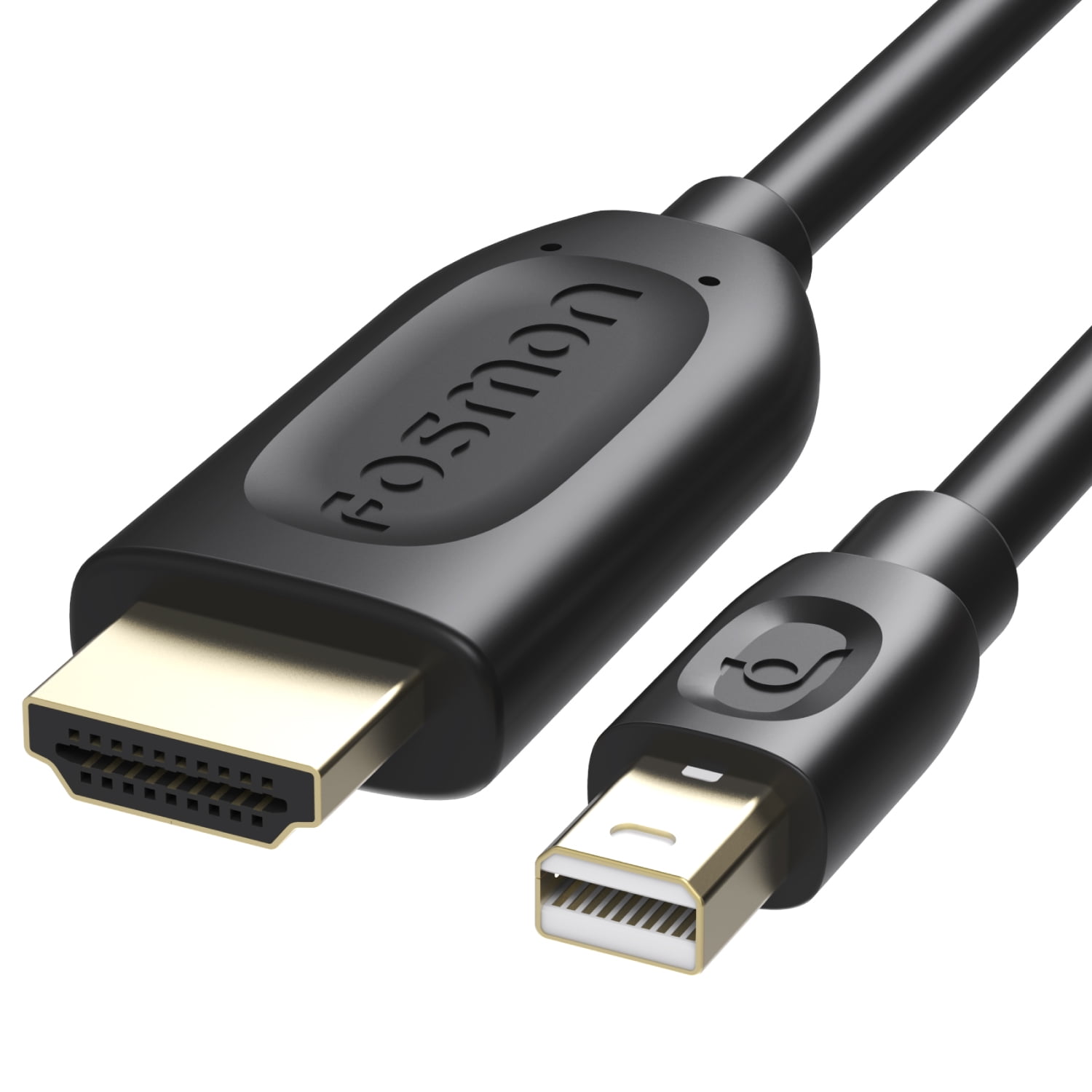
DisplayPort 2.0 has four lanes that can deliver approximately 77.37Gbps (19.34Gbps per lane) of actual data, while DisplayPort 1.4a can deliver 32.4Gbps (6.48Gbps per lane) HDMI 2.0 delivers 14.4Gbps and the older HDMI 2.1 offers 42.6Gbps. Note that the 48Gbps per second and the 80Gbps quoted above are the raw HDMI 2.1 and DisplayPort delivery speeds respectively. Probably the biggest practical difference between the two standards is that DisplayPort can drive four daisy-chained displays and HDMI can drive just two, with implementations of the latter being extremely scarce. Using multiple displays on HDMI and DisplayPort

DisplayPort supports CEC over an auxiliary channel, but it’s rarely if ever implemented, due simply to DisplayPort’s faint footprint in the consumer electronics world. ethernet requires a purpose-built cable as described in Cables section below. HDMI explicitly supports CEC (Consumer Electronics Control) for controlling entire A/V setups, and an HDMI cable can carry ethernet information. HDMI and DisplayPort do the same things, but in very different ways, and there are features unique to each. The DisplayPort cable spec allows for power transmission on pin 20, but these days, only Thunderbolt 1 and 2 support power carriage. HDMI supports a second video stream, which can be used for a second display or for picture-in-picture/picture-by-picture, but it’s rarely implemented.
#HDMI TO MAC WALMART FULL#
4:4:4 means full color and luminance data is being delivered. 24bpp/3 subpixels = 8-bit color 30bpp/3 = 10-bit color. This scenario is unlikely to change for a while.ĭefinitions: bpp is bits per pixel. Current Samsung 8K TVs, for example, use HDMI 2.1’s increased video bandwidth, but they don’t support eARC for audio transport. At the time of this writing, however, DisplayPort 2.0 had not been implemented in any devices and HDMI 2.1, which makes many of its features optional, has been fully adopted in relatively few real-world products. VESA even more recently announced DisplayPort 2.0, which can handle raw throughput up to 80Gbps. HDMI, recently revised to version 2.1, is capable of supporting bit rates up to 48Gbps. Computers, with their shorter technology cycles and often greater display needs, were another matter.įun fact: Of the six companies responsible for the creation of HDMI, only Hitachi and Philips are not also member companies of VESA. DisplayPort is a royalty-free product, but that wasn’t enough to overcome HDMI’s four-year momentum.
#HDMI TO MAC WALMART TV#
Most TV manufacturers, for instance, adhere to the organization’s wall-mount standard.ĭisplayPort debuted in 2006 as part of an effort to replace two older standards used primarily for computer displays: VGA (Video Graphics Array, an analog interface first introduced in 1987) and DVI (Digital Video Interface, introduced in 1999). You’ve likely heard the name VESA in relationship to video before.

The DisplayPort specification was developed by, and remains under the control of VESA (the Video Electronics Standards Association), a large consortium of manufacturers ranging from AMD to ZIPS Corporation-nearly all of which also belong to the HDMI Forum.

They of course, pass that cost along to you.

Member or not, manufacturers must pay a royalty for including HDMI in their products. Today, HDMI Licensing, LLC, a wholly owned subsidiary of Silicon Image, controls the spec, but some 80-odd vendors are members of the HDMI Forum. The HDMI (High Definition Multimedia Interface) specification was conceived in 2002 by six consumer electronics giants: Hitachi, Panasonic, Philips, Silicon Image, Sony, and Toshiba. It’s also rare as hen’s teeth in consumer electronics devices.īoth HDMI and DisplayPort can deliver high-definition digital video and high-resolution audio from a source device to a display, so what’s the difference and why might you want DisplayPort when HDMI is so common? And what does a future with burgeoning USB Type-C ports hold? We’ll answer those questions and more but first, the tale of how the two standards came to be, and which entities control them.
#HDMI TO MAC WALMART WINDOWS#
Though you’ll find it alongside HDMI on most late-model, high-end video cards, as well as in Macs and laptops marketed to business users, it rarely appears in Windows PCs aimed at consumers. Given HDMI’s ubiquity, you might have forgotten about the other digital audio/video standard: DisplayPort. You’ll also find an HDMI output port in most consumer desktop and laptop computers, as well as an input port on many all-in-one PCs, to enable a gaming console or a set-top box may use its internal display. The HDMI audio/video interface standard is everywhere: TVs, set-top boxes, media streamers, Blu-ray players, A/V receivers, gaming consoles, camcorders, digital cameras, and even a few smartphones.


 0 kommentar(er)
0 kommentar(er)
